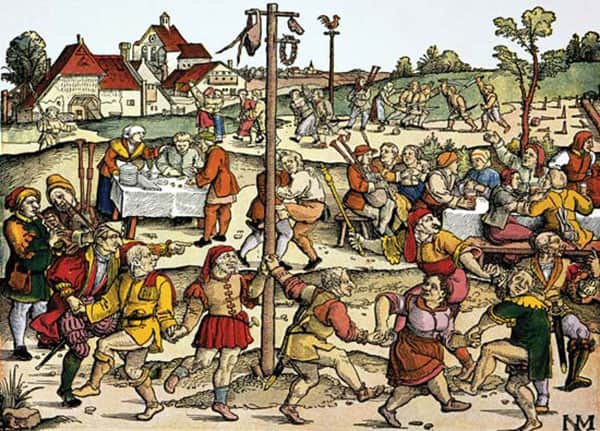
ADVERTISEMENT - CONTINUE READING BELOW
28. We Might Work Longer Hours Than Medieval Peasants, But at Least We Don’t Have it as Bad as Nineteenth-Century Workers Who Put in Twice as Many Hours as Us
James Pilkington, a Bishop of Durham, complained thus about all the breaks taken by peasants: “The laboring man will take his rest long in the morning; a good piece of the day is spent afore he come at his work; then he must have his breakfast, though he have not earned it at his accustomed hour, or else there is grudging and murmuring; when the clock smiteth, he will cast down his burden in the midway, and whatsoever he is in hand with, he will leave it as it is, though many times it is marred afore he come again; he may not lose his meat, what danger soever the work is in. At noon he must have his sleeping time, then his bever in the afternoon, which spendeth a great part of the day;

ADVERTISEMENT - CONTINUE READING BELOW
and when his hour cometh at night, at the first stroke of the clock he casteth down his tools, leaveth his work, in what need or case soever the work standeth.” Between slack time and holidays, a medieval peasant might get away with working only 150 days in a good harvest year. By contrast, an American worker would be lucky to get 8 vacation days in a year, as the US “continues to be the only advanced economy that does not guarantee its workers paid vacations”. Although we work more hours than medieval peasants, at least we don’t have it as bad as nineteenth-century American workers, who put in around 3650 hours annually. That is more than double the 2021 American worker’s average of 1757 hours a year.

